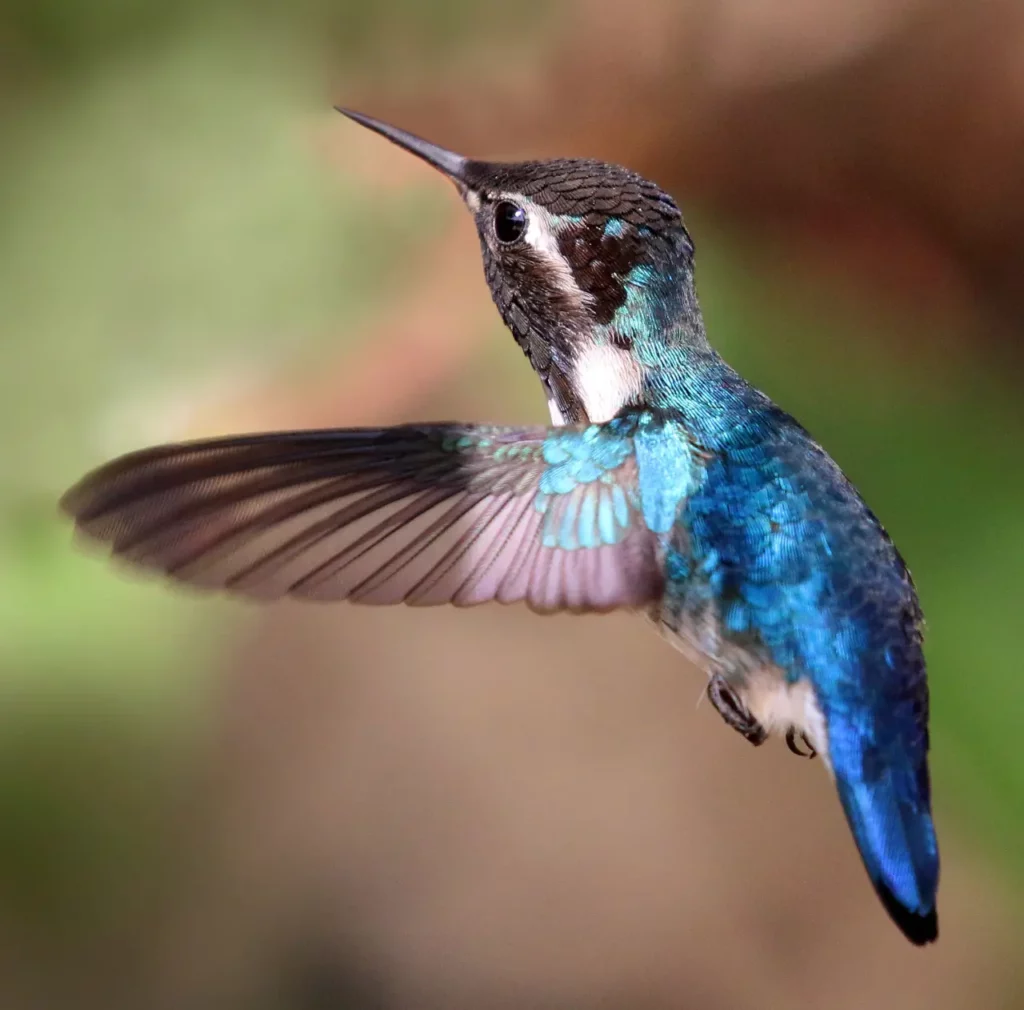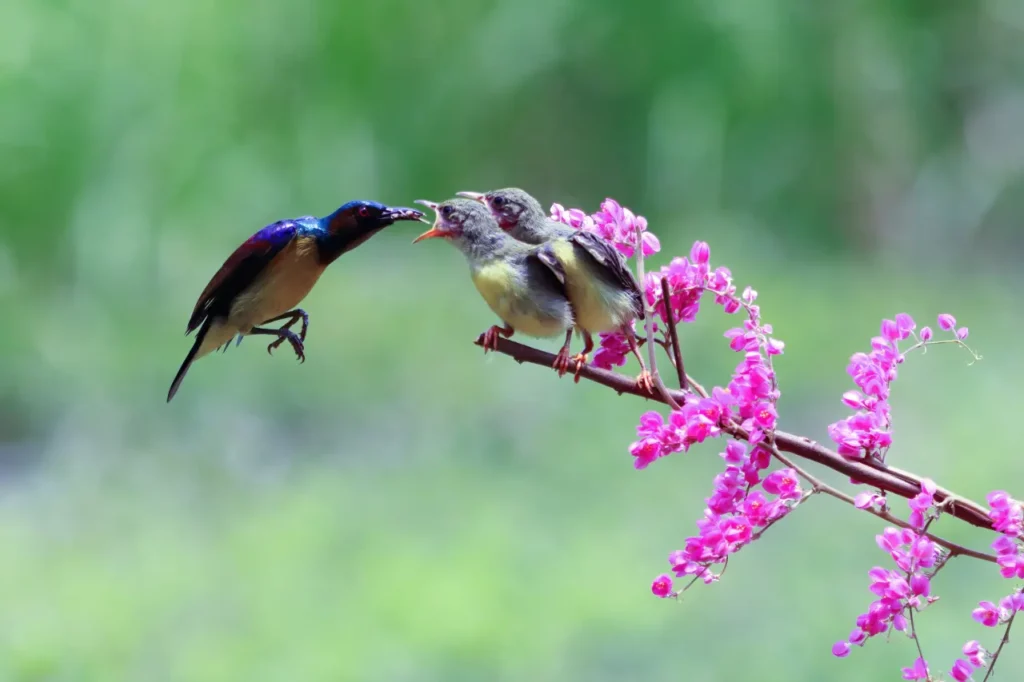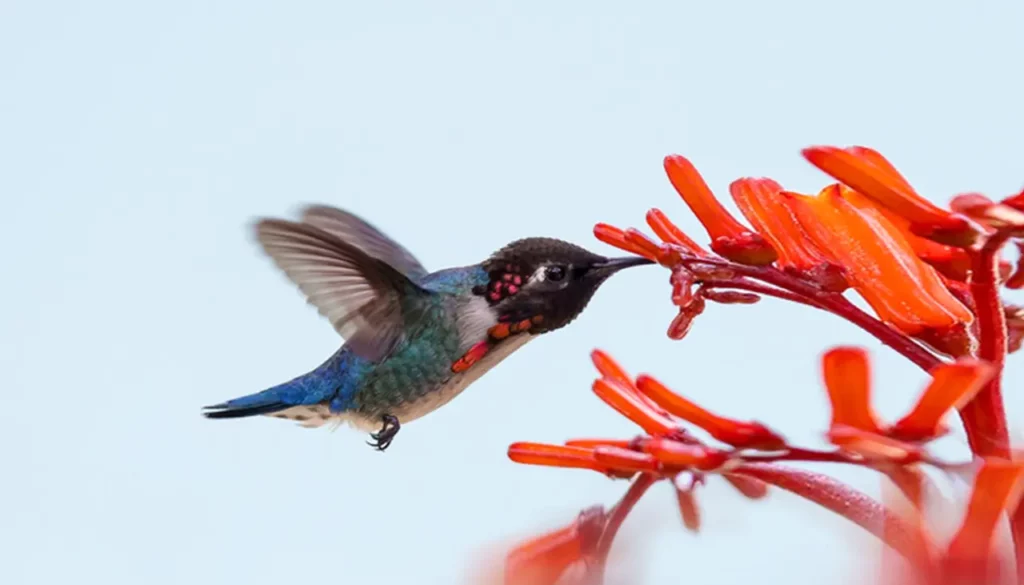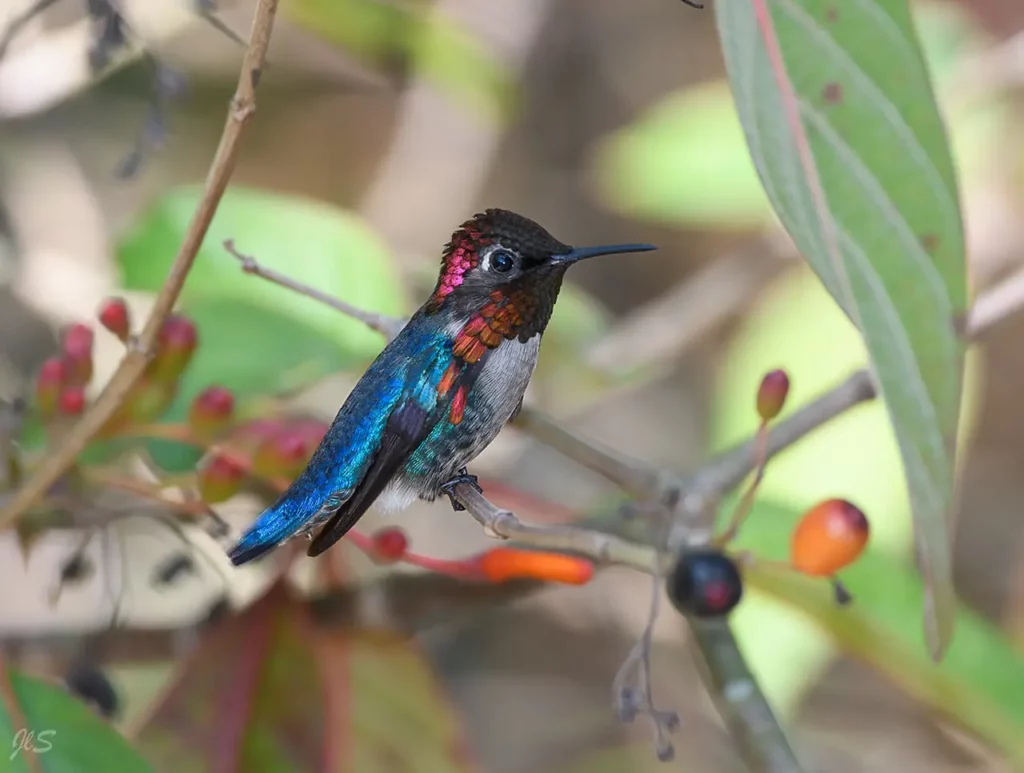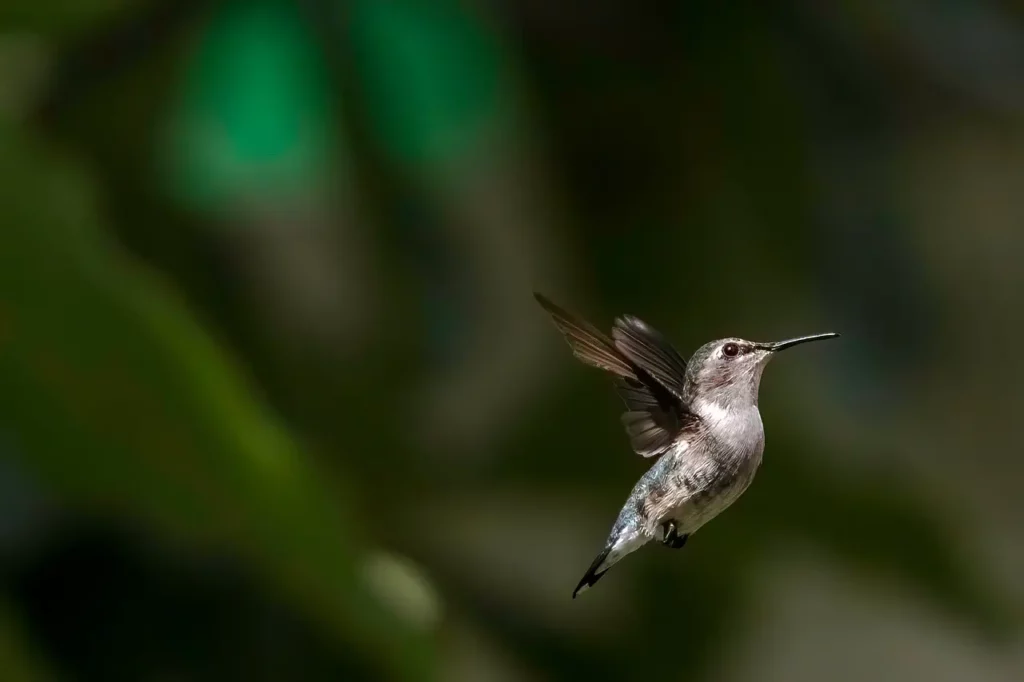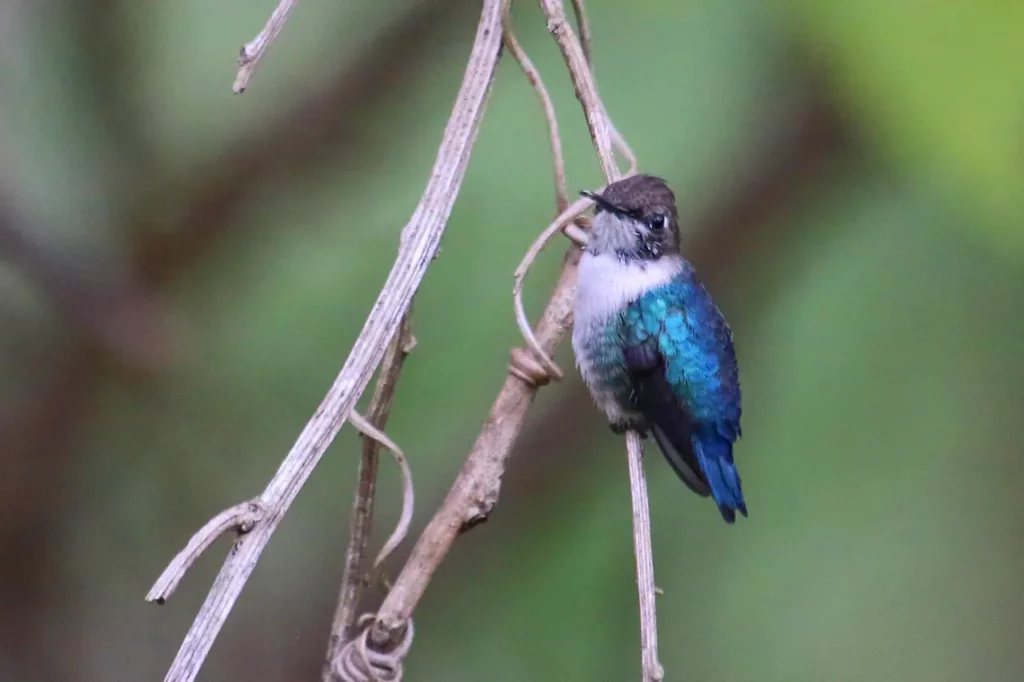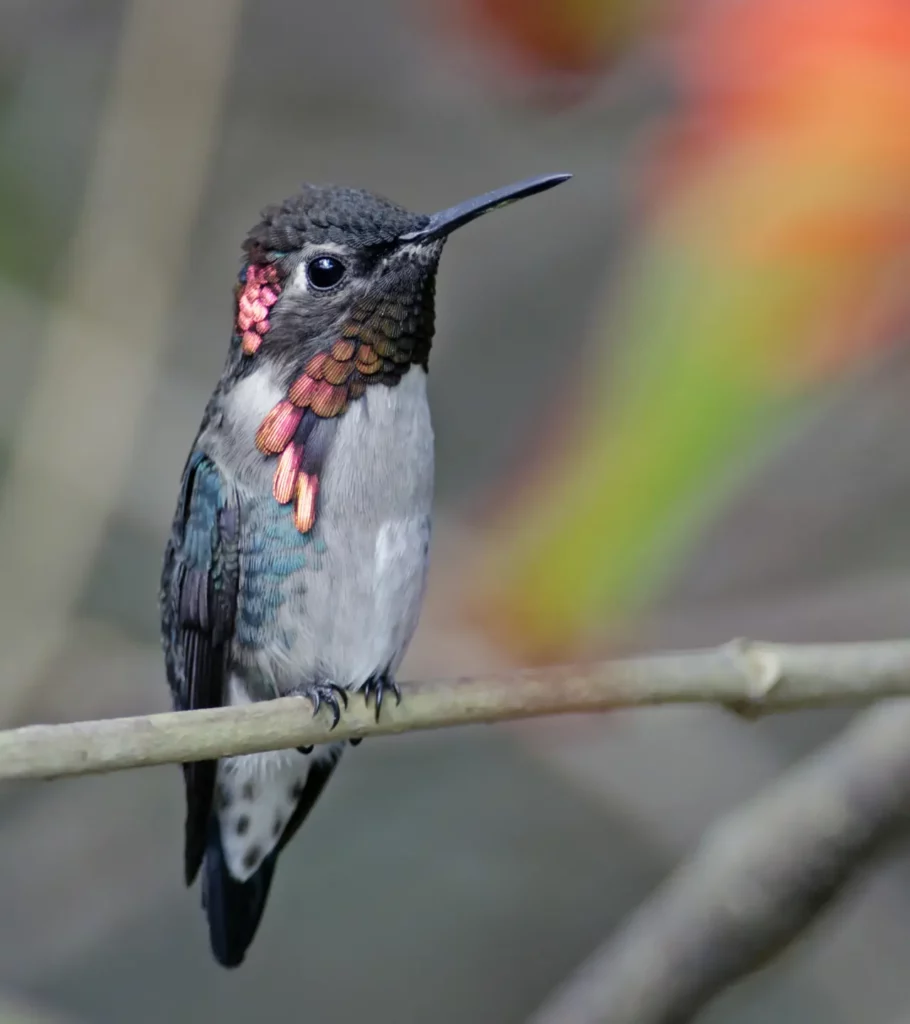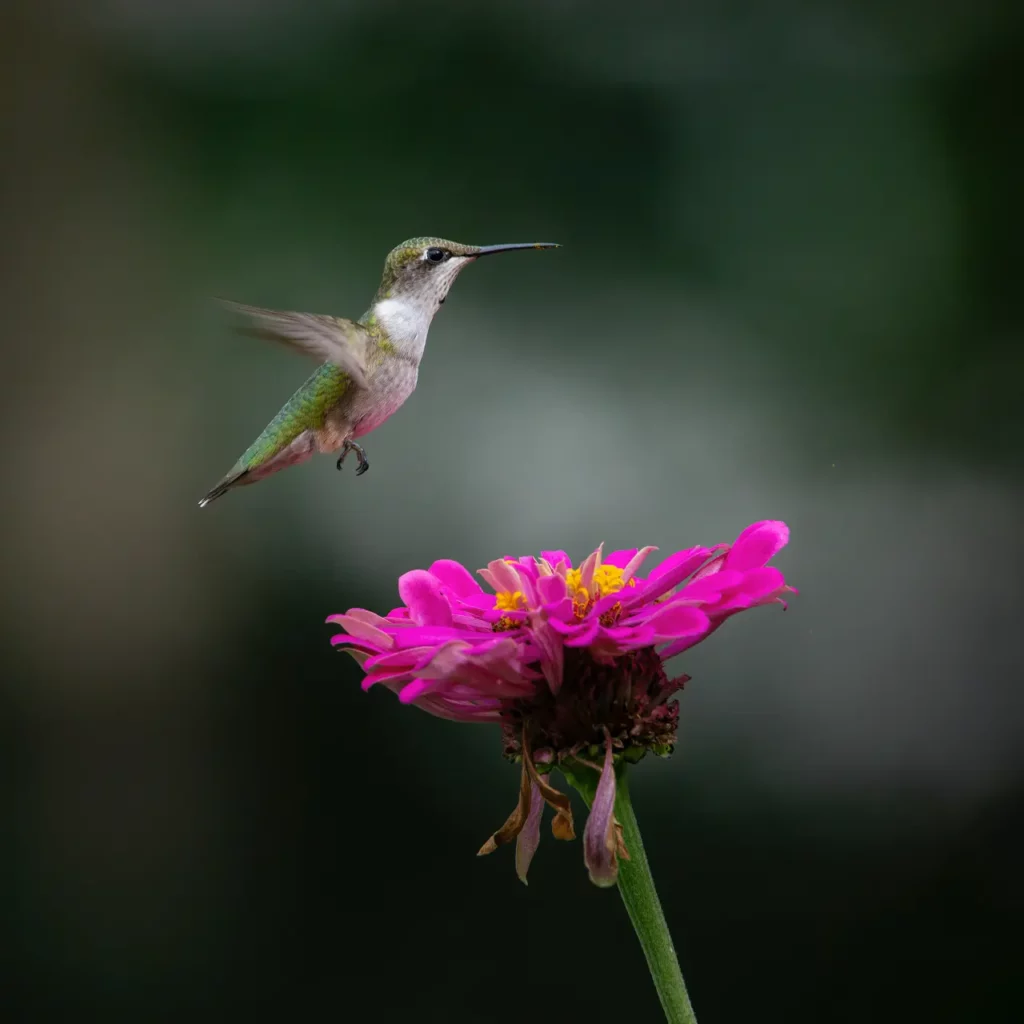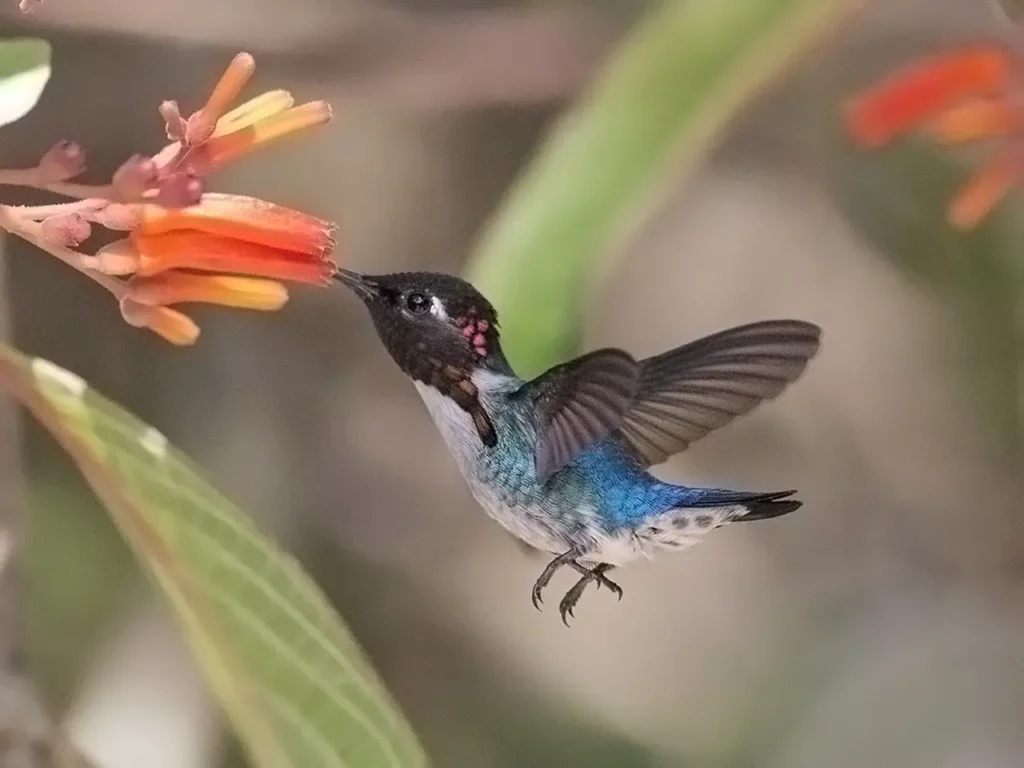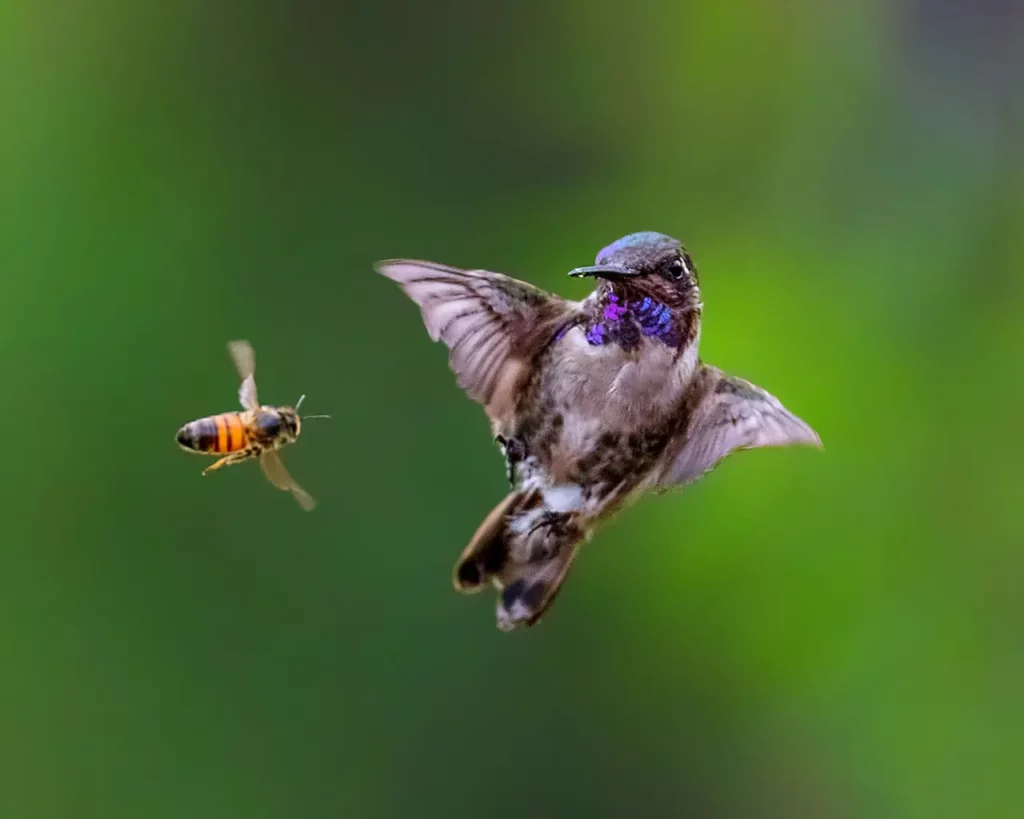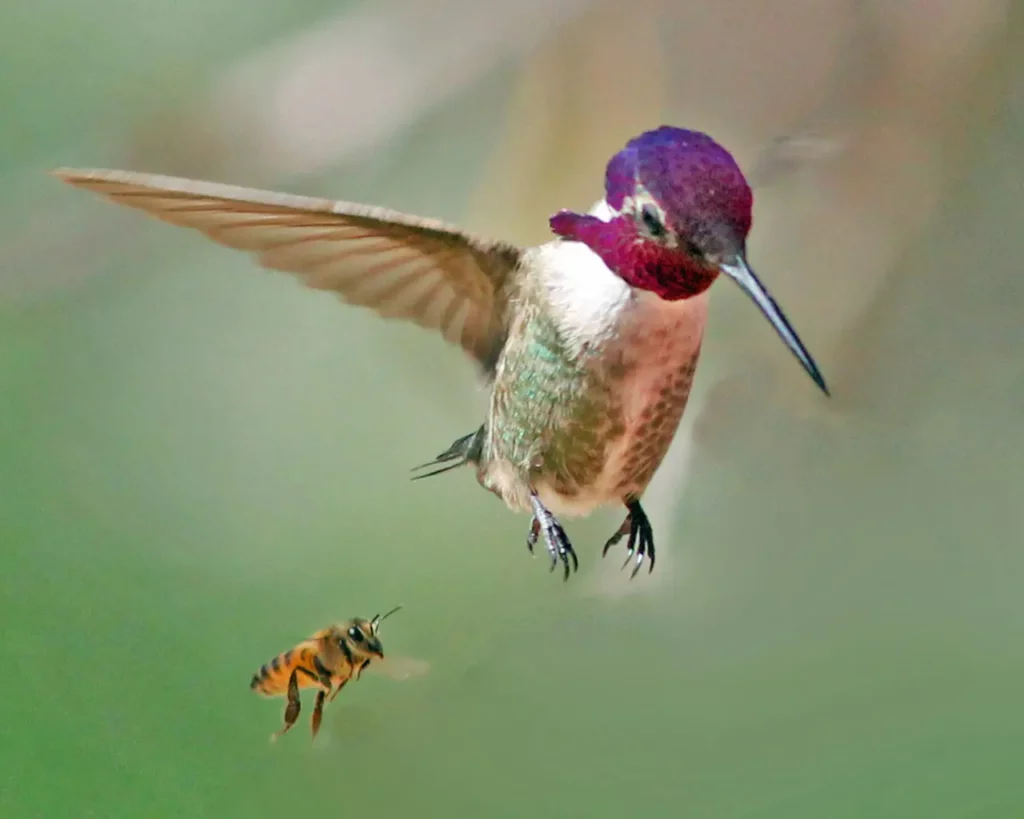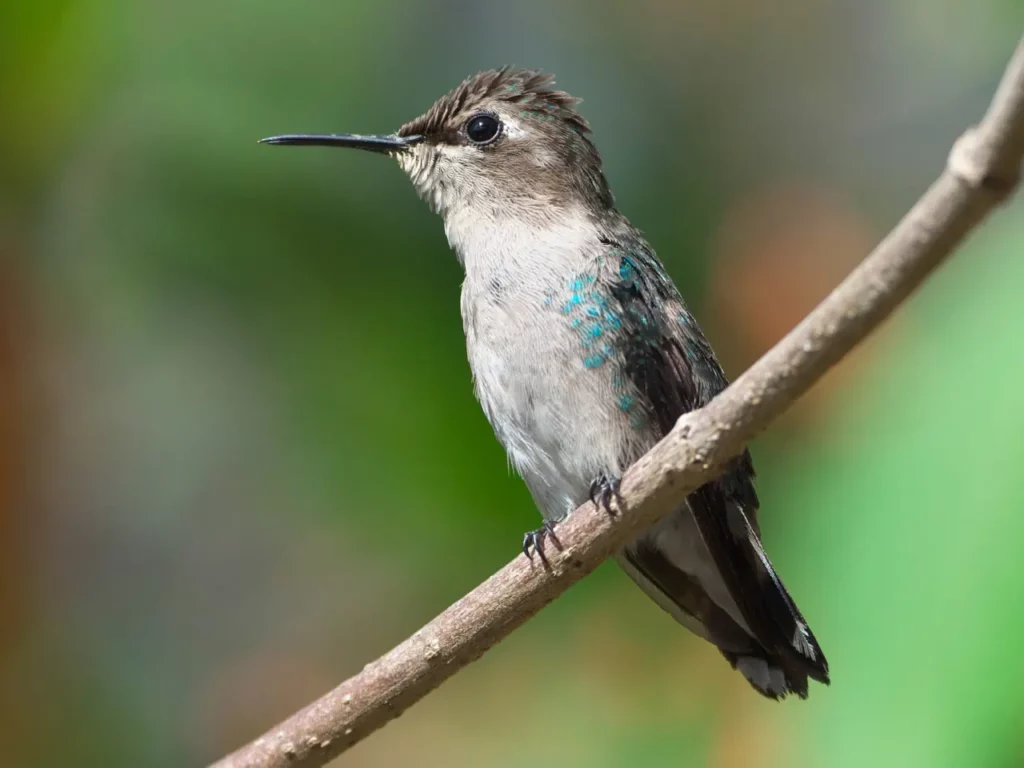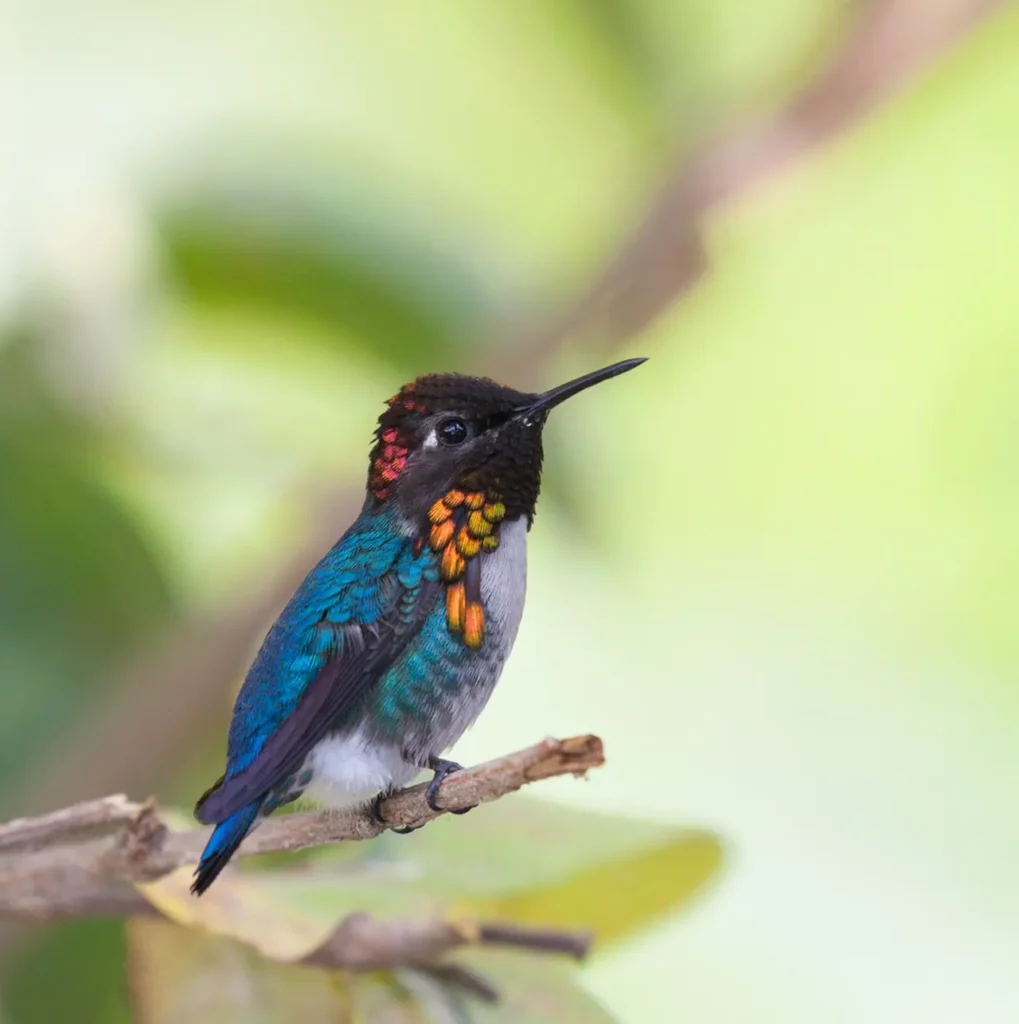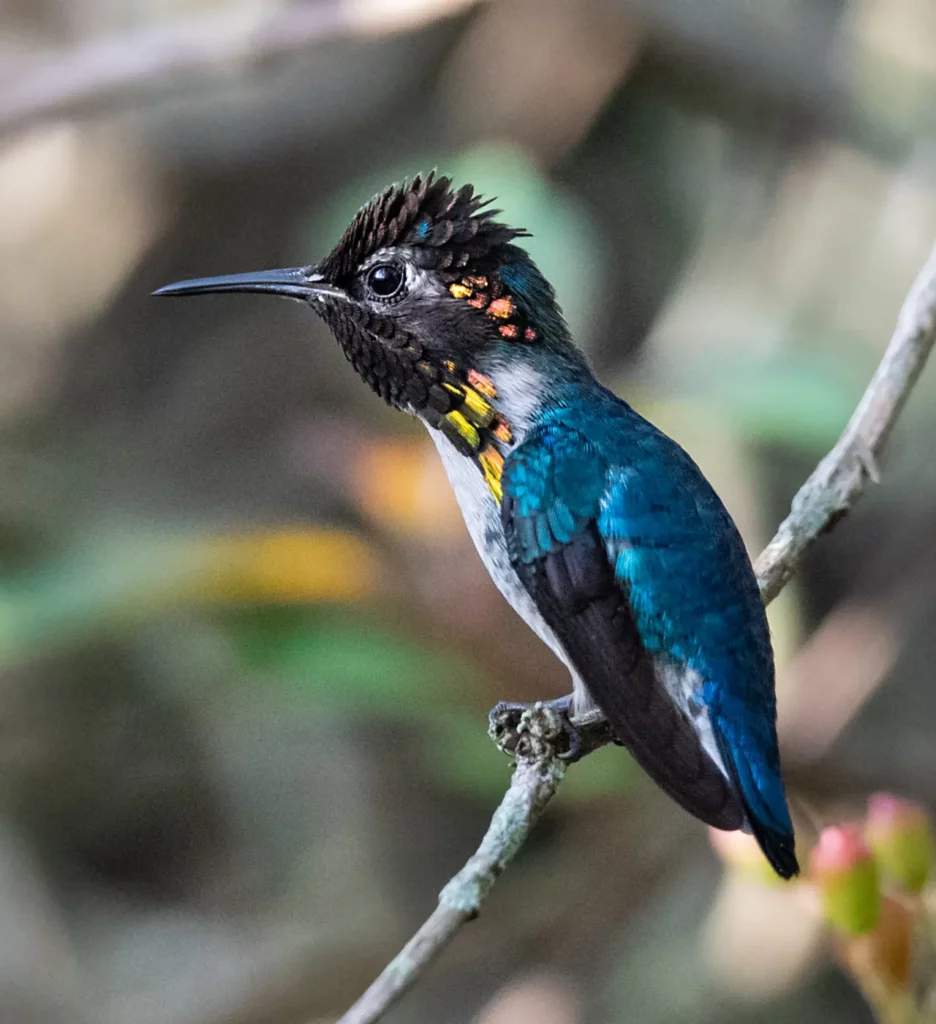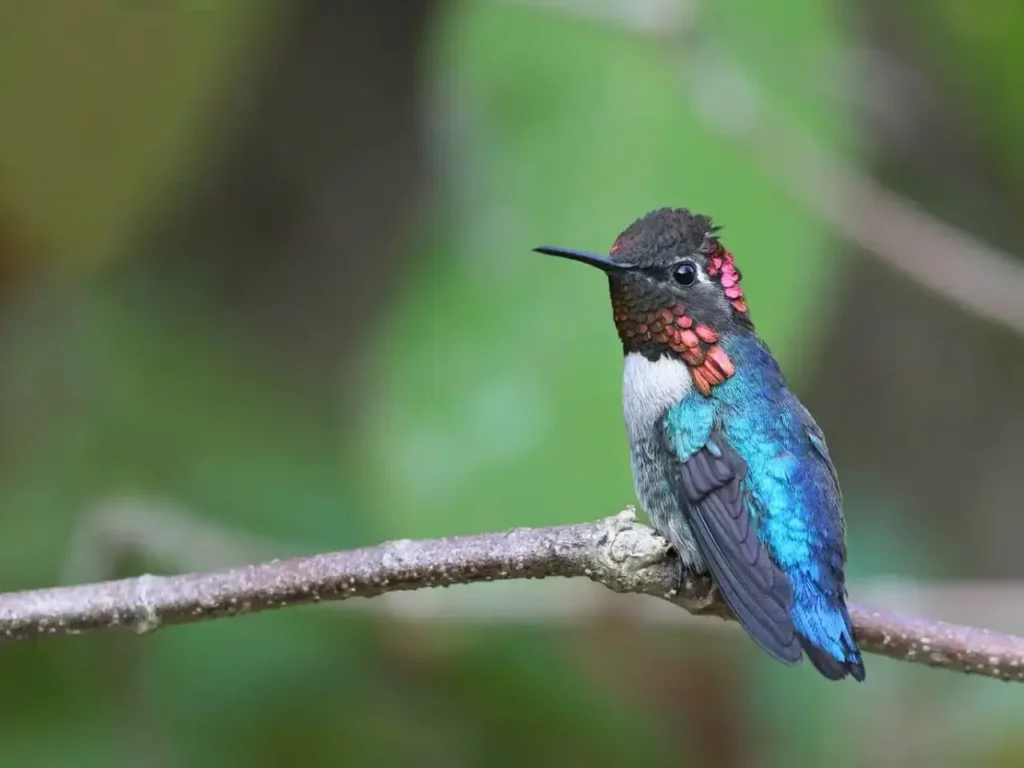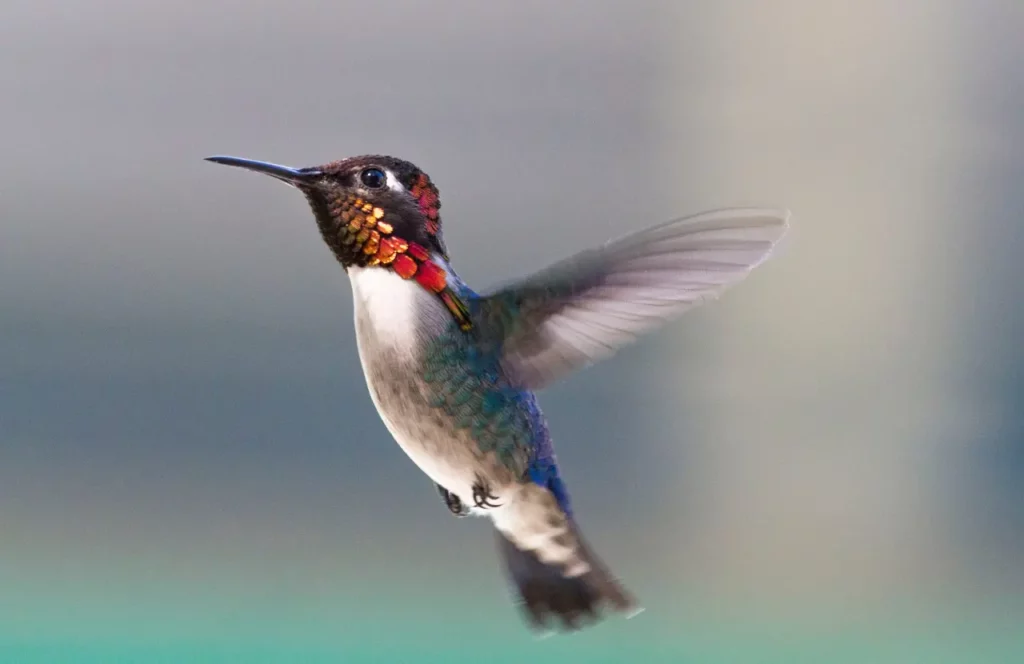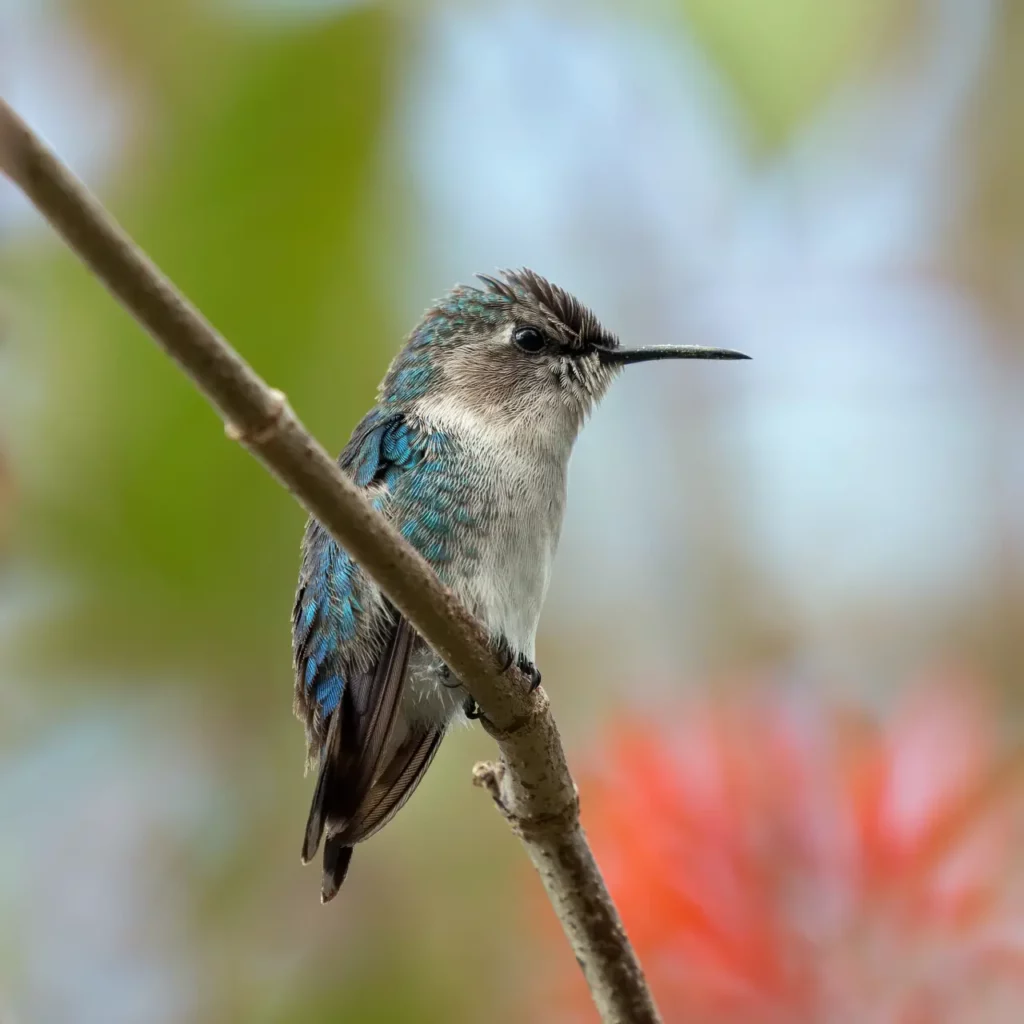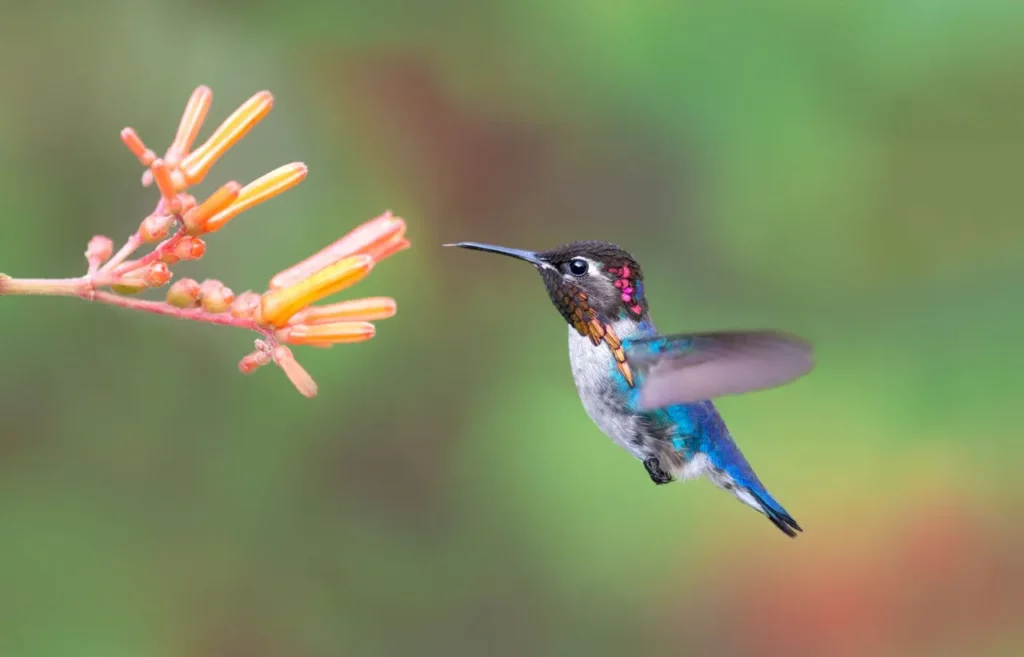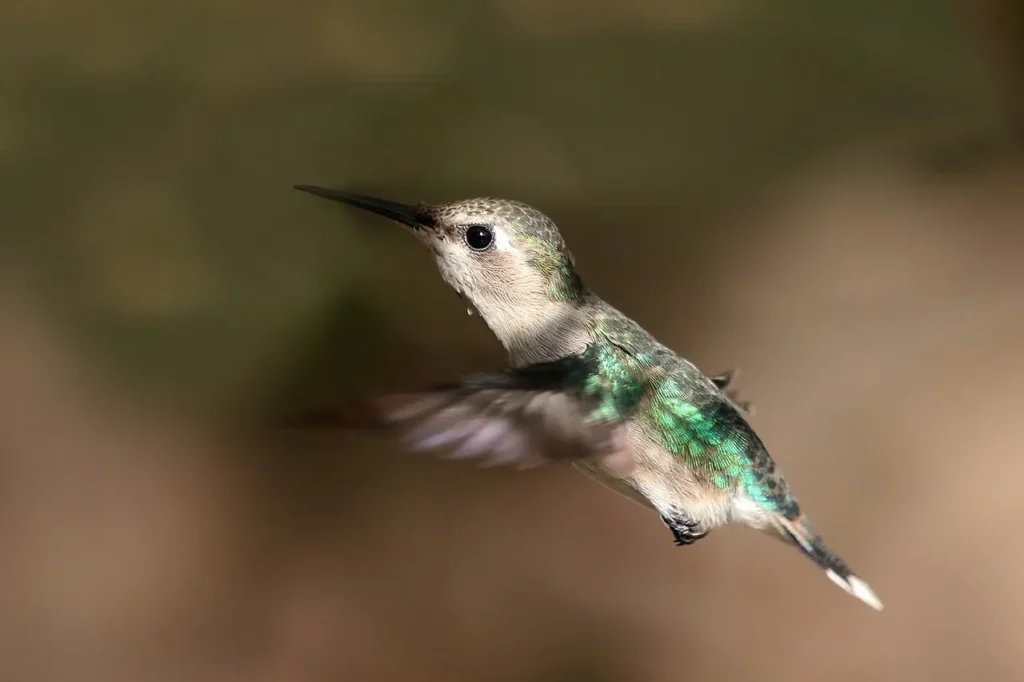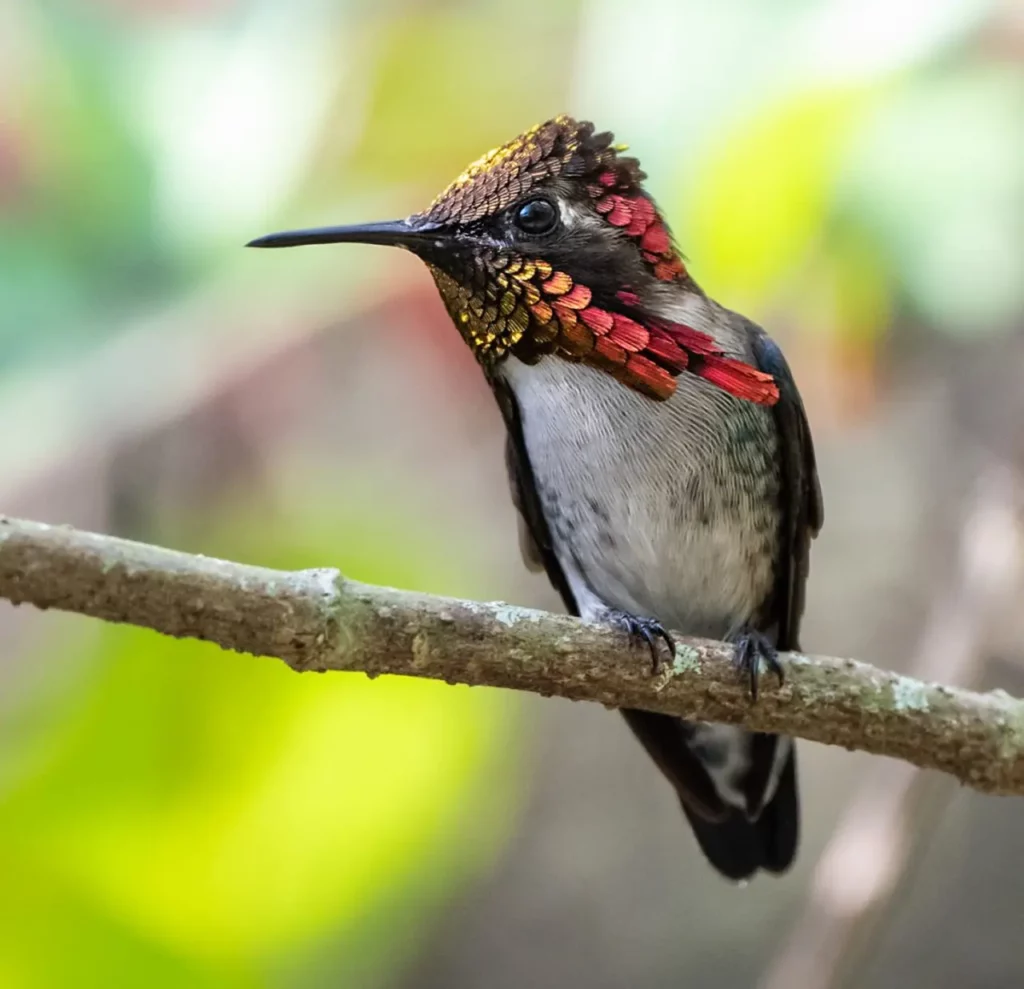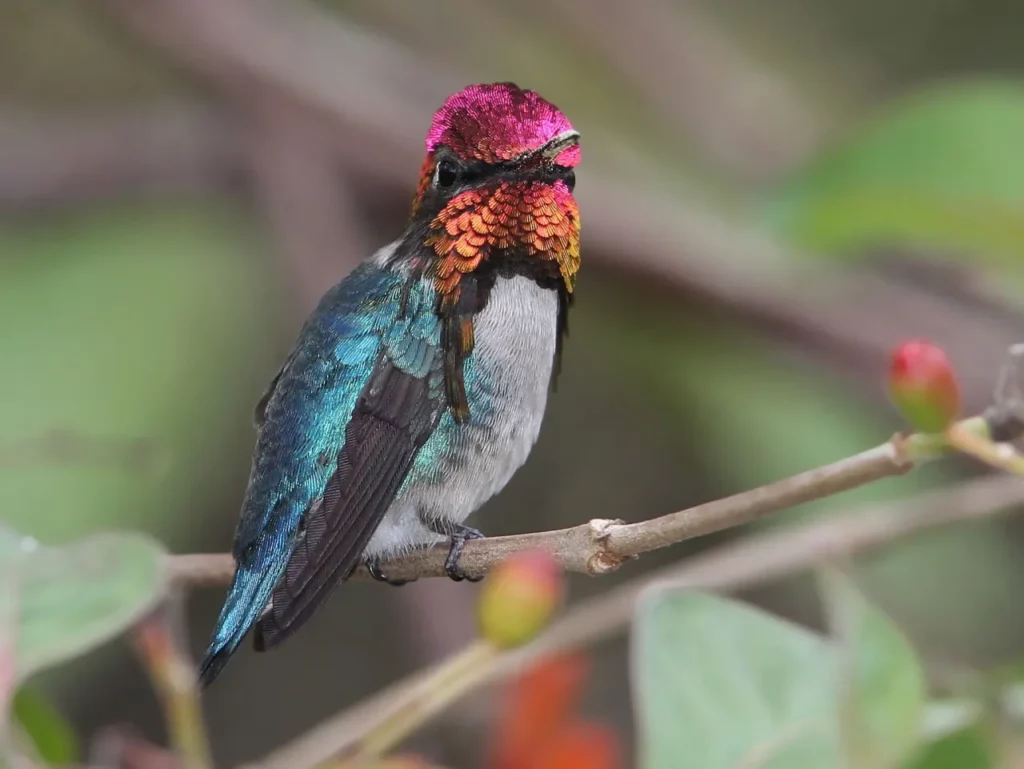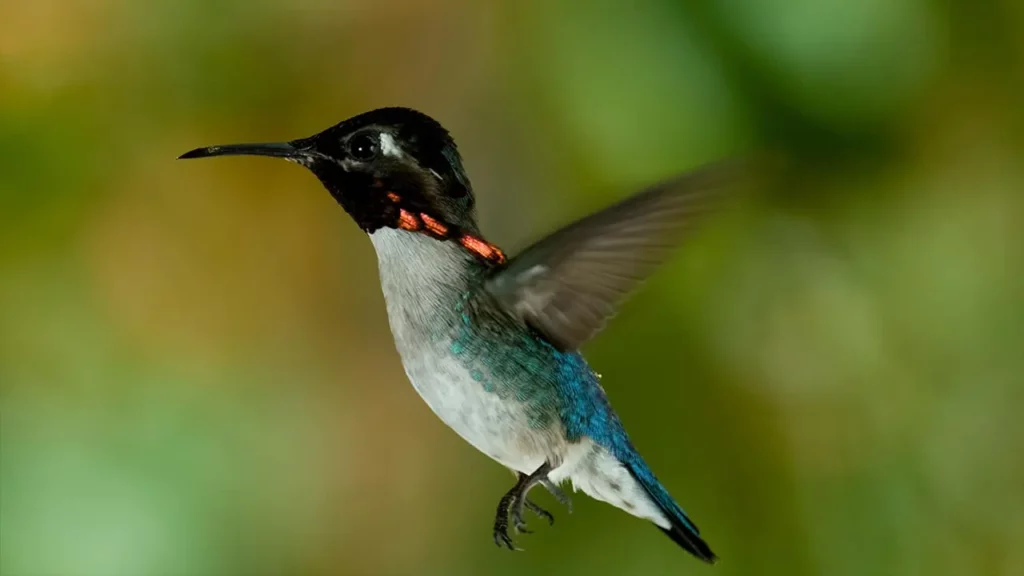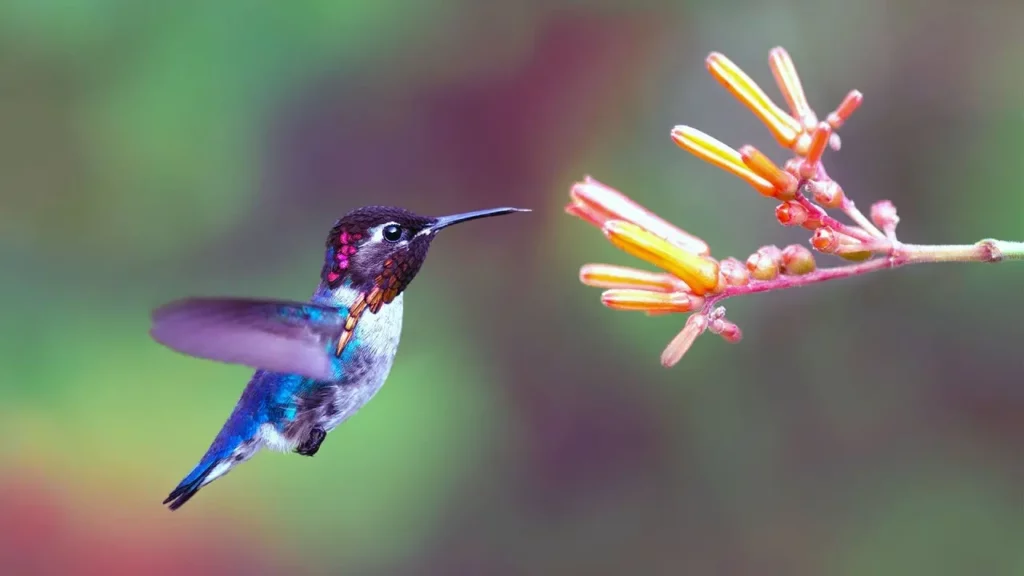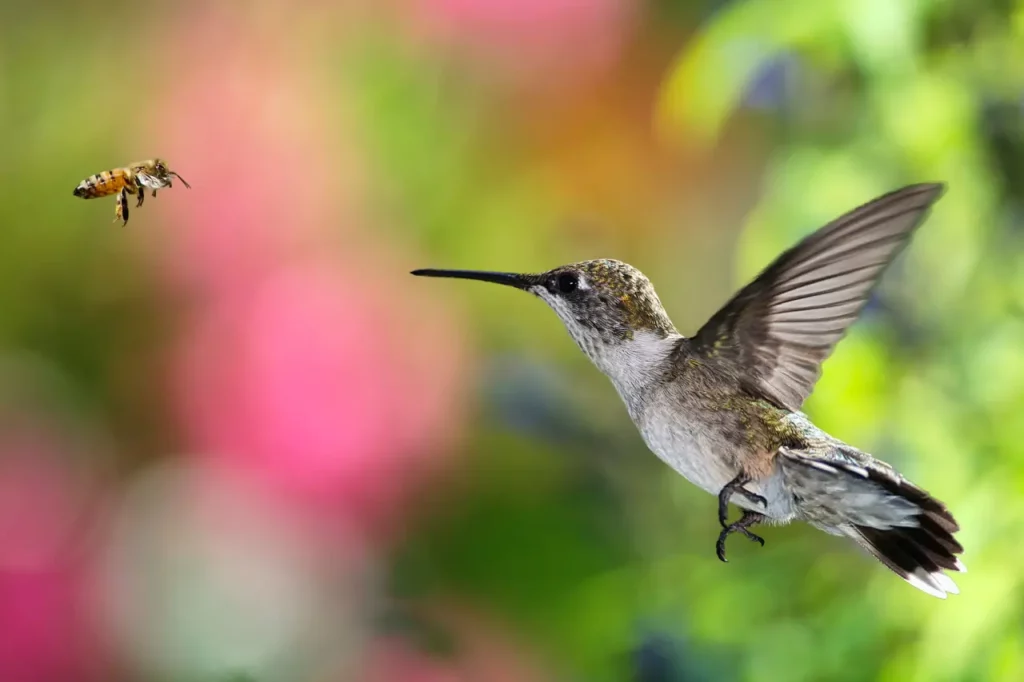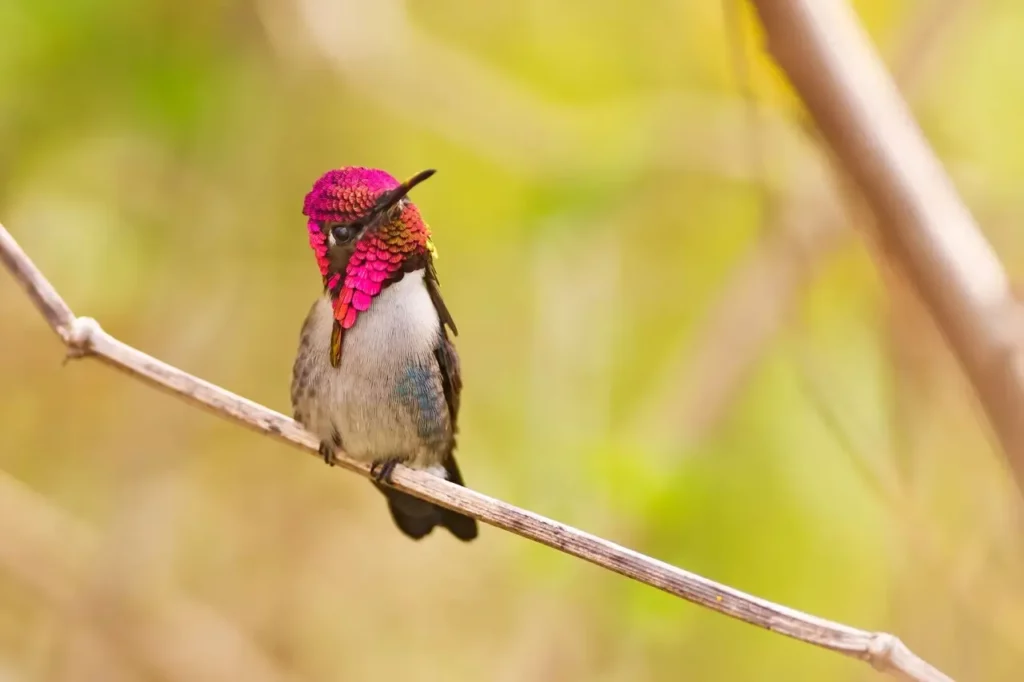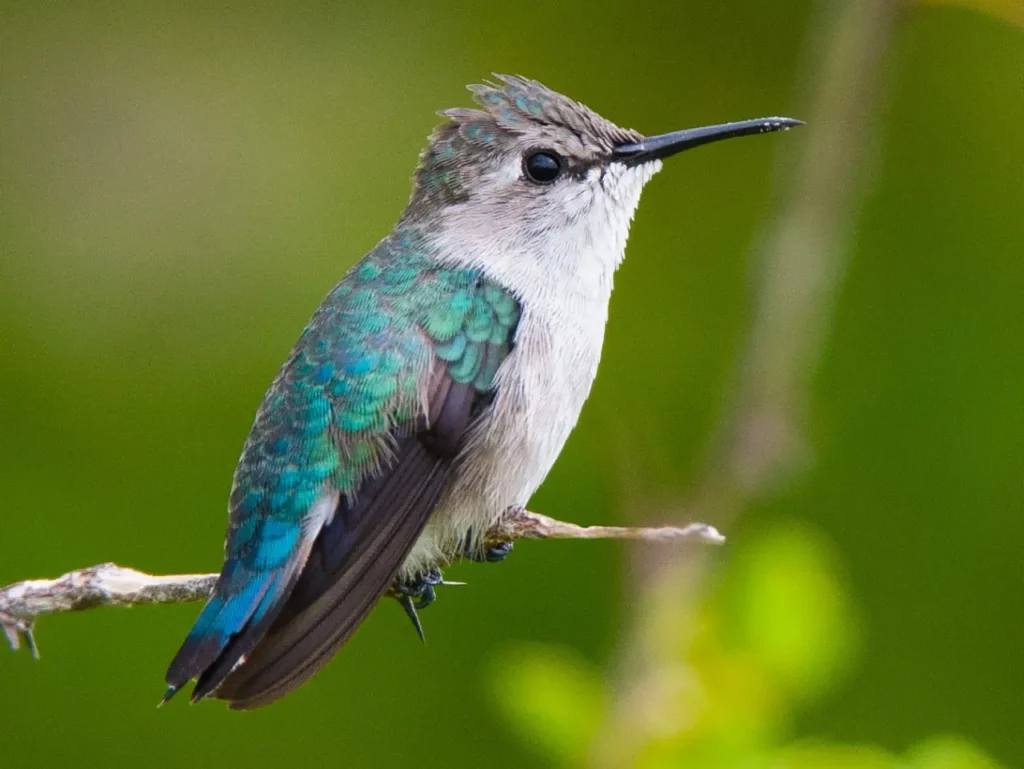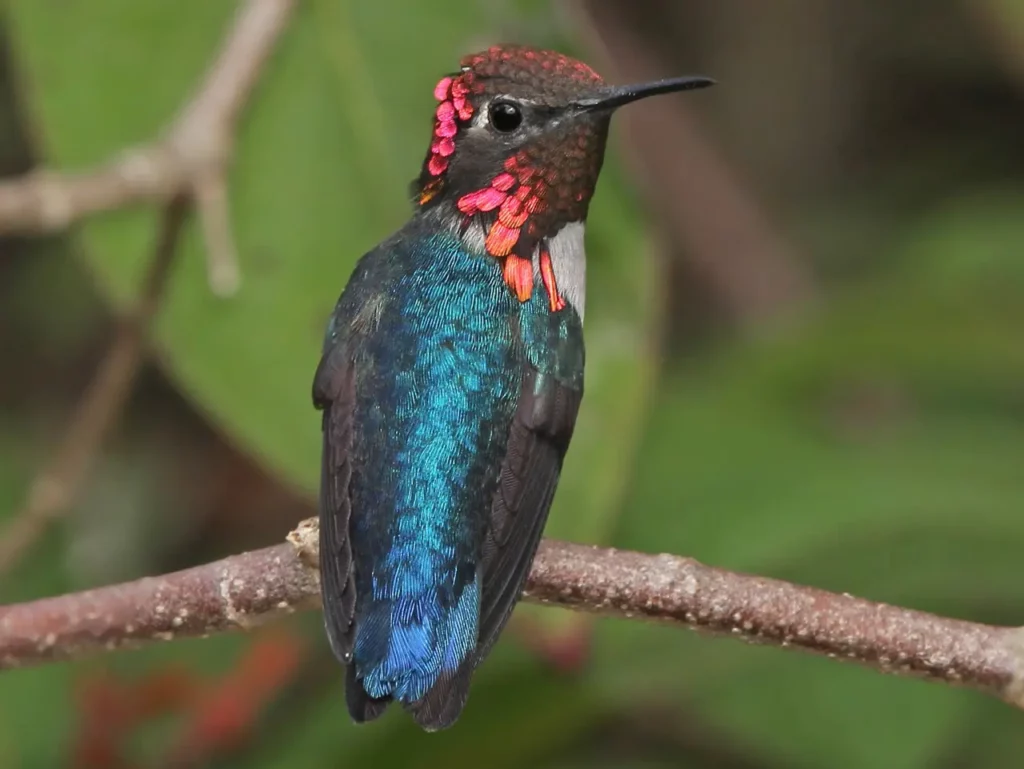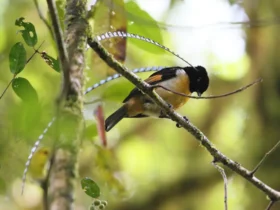Bee Hummingbird (Mellisuga helenae), the smallest bird in the world. Despite its diminutive size, this avian marvel exhibits extraordinary features that make it a truly exceptional and enchanting species. In this article, we will delve into the fascinating world of the Bee Hummingbird, exploring its unique characteristics, habitat, behavior, and the importance of preserving this remarkable species.
Bee Hummingbird video
Tiny Dimensions
Measuring only about 2.25 inches (5.7 cm) in length and weighing a mere 0.06 ounces (1.8 grams), the Bee Hummingbird is a masterclass in miniaturization. It is roughly the size of a bumblebee, hence its name. Males tend to be slightly smaller and more vibrantly colored than females. Despite its small stature, the Bee Hummingbird possesses an incredible metabolism, beating its wings at an astonishing rate of up to 80 times per second, allowing it to hover, fly backward, and maneuver with remarkable agility.
Habitat and Range
The Bee Hummingbird is endemic to Cuba, where it finds its habitat in the island’s forests, woodlands, and gardens. It prefers areas with abundant nectar-rich flowers and is particularly fond of orchids. This tiny marvel can also be found in mangroves, coastal areas, and lowland forests. Due to its restricted range, the Bee Hummingbird is considered a species of great ecological and cultural significance in Cuba.
Brilliant Plumage
While its size alone is noteworthy, the Bee Hummingbird’s plumage adds an extra touch of enchantment. The males display vibrant iridescent feathers, reflecting a dazzling array of colors that range from iridescent emerald green to fiery orange and fiery red. The females, on the other hand, possess a more subtle coloration of pale gray and white, allowing them to blend into their surroundings and protect their nests from predators.
Feeding Habits and Pollination
As with all hummingbirds, the Bee Hummingbird has an insatiable appetite for nectar. With its long, slender beak and a tongue that can extend beyond its bill, it skillfully extracts nectar from flowers. In its quest for sustenance, the Bee Hummingbird inadvertently becomes a vital pollinator, transferring pollen from flower to flower as it feeds. This role makes it an important contributor to the ecological balance of its habitat.
Breeding and Nesting
The breeding habits of the Bee Hummingbird are as remarkable as its size. Males perform elaborate courtship displays, soaring high in the sky and emitting a series of chirps and trills to attract a mate. The females construct small, cup-shaped nests made of soft plant materials, such as moss and lichens, and line them with spider silk for added strength. Nurturing a single egg, the female incubates it for approximately two weeks before hatching.
Conservation Status and Importance
Despite its enchanting presence, the Bee Hummingbird faces several threats to its survival. Habitat loss, deforestation, and climate change pose significant challenges to its population. Furthermore, human activities such as pesticide use and the introduction of non-native plants also impact their fragile ecosystem. Recognizing the importance of preserving this species, conservation efforts in Cuba focus on protecting its habitats and raising awareness about the Bee Hummingbird’s ecological significance.
Bee Hummingbird images
